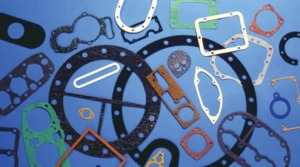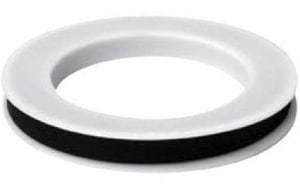Raw Materials Crisis January 2021/May 2021
Since January 2021, we are suffering one of the greatest raw material crises of the last decade. The recovery of the industrial activity after Covid-19’s stop has led to a rise in demand for raw materials. In addition to this the raw material production has not fully recovered either. This shortage along with the constant increase in demand is leading to an incessant increase of raw materials prices. This situation is affecting all manner of materials: Rubbers, metals, plastics, composites, etc. This is mainly caused by:
- The incessant increase of Asian market demand along with the rapid recuperation of big economies such as those of USA and China.
- Covid-19 direct effects, as for example production facilities closing down.
- Stock shortage.
- Price increases in the packing and transport sectors.
In response to these materials’ shortage, industries are buying far beyond their needs to ensure material supply. In consequence of this excess of demand, lead times are being affected and increased.
We foresee a longer purchase prevision in terms of medium and short time delivery. We are concerned we must increase most of our products prices alongside with the constant raw materials increments. These adjustments will only be applied if conditions are strictly necessary and we have no other option. Product prices will be checked individually upon receipt of your orders.
Working against our endeavor to maintain prices as constant as possible, raw material suppliers are giving us monthly price rises until the present situation stabilizes.
Products especially affected are: Rubber gaskets, especially EPDM gaskets; neoprene gaskets, Viton gaskets, silicone gaskets, copper washers, aluminum washers, brass washers, bimetallic washers and steel washers. Plastic washers, particularly polyamide washers, PTFE washers; extruded rubber profiles, cellular and compact rubber; plastic injected parts and molded gaskets.
We hope to maintain prices in other articles such us compressed gasket sheets, O-rings, cork gaskets, machined fiberglass, vulcanized fiber washers…
We apologize for any negative impact that this situation may cause you. If you require more information regarding our new prices, please do not hesitate to contact us by e-mail mcusell@mcusell.com or by calling us at +34 93 713 17 34.

 Manufactures Cusell can now offer you Rubber Steel flange gaskets with or without profile and with a variety of elastomers such as EPDM, NBR, CR, NR, HNBR, FPM-S, IIR, CSM. These seals are manufactured to EN 1514-1, DIN 2690, ASME-B 16.21, DIN ISO 2501 PN10, DIN 16962.
Manufactures Cusell can now offer you Rubber Steel flange gaskets with or without profile and with a variety of elastomers such as EPDM, NBR, CR, NR, HNBR, FPM-S, IIR, CSM. These seals are manufactured to EN 1514-1, DIN 2690, ASME-B 16.21, DIN ISO 2501 PN10, DIN 16962.


